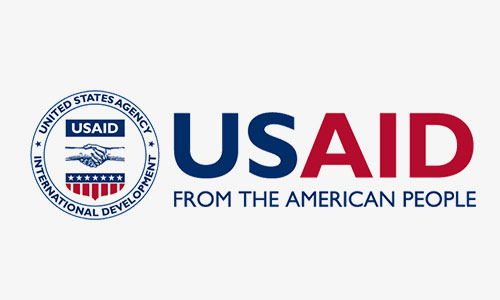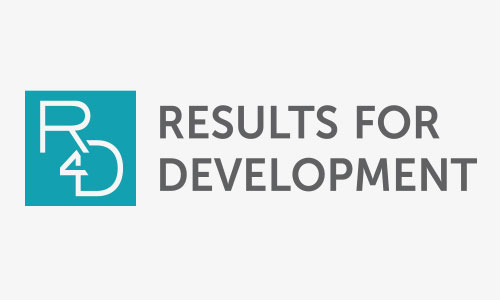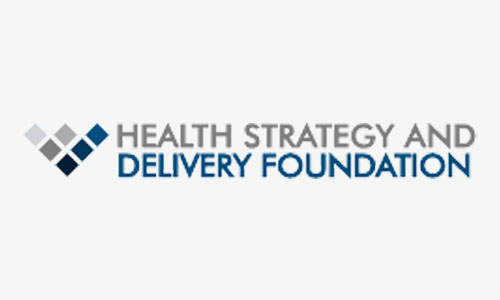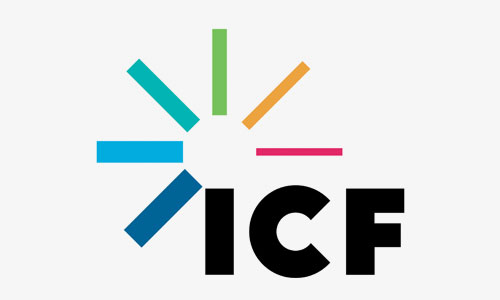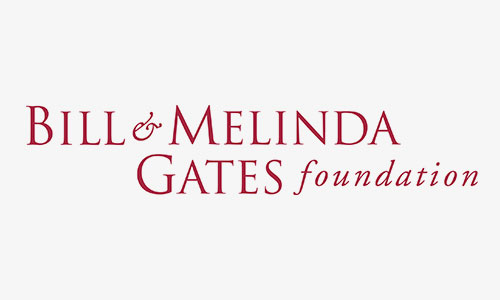Authors: Adwoa Twum, Marian Opoku-Agyeman, Omotayo Willoughby, Nana Ampadu Mari, and Linda Vanotoo
The pandemic has stressed the need for novel approaches to a multisectoral response to mitigate the long-term social and economic effects of the COVID-19 pandemic. The Health Systems Strengthening Accelerator (Accelerator) partnered with the Government of Ghana shortly after its’ first case of COVID-19 to support the countries’ pandemic response. Working closely with the President’s appointed Coordinator, the program supported local actors to create a COVID-19 coordinating Secretariat.
In Part 1 of this blog series, the implementation support team will share the Secretariat’s approaches to engaging stakeholders and coordinating a multisectoral, all-of-government response. Will the lessons from Ghana’s central coordinating mechanism apply to routine government activities to tackle health, gender, and socio-economic inequalities that COVID-19 has exacerbated?
How do you plan for a global disease outbreak?
In early 2020, the world learned about the novel coronavirus as it gradually moved across the globe. In March 2020, when the first two cases were recorded in Ghana, the Government imposed restrictions, suspended public and religious gatherings exceeding 25 people, closed schools, and implemented border restrictions to all travelers, except Ghanaians and resident permit holders who were subjected to a mandatory 14 day quarantine period.
The President set up an Inter-ministerial task force and chaired; a Coordinator was appointed to advise and bring a multisectoral lens to the national response.
The Coordinator set up a secretariat and brought together a team of experts to advise and bring global and regional evidence to bear. The team’s primary goal was to work closely with stakeholders and facilitate coordination between government ministries and agencies. Here, we summarise six approaches of the Secretariat and draw insights that can inform approaches to multisectoral coordination in tackling some of the world’s most challenging social issues.
1. Bring together a team of experts
The inter-ministerial task force provided strategic direction at the national level and worked with committees at the technical and implementing levels; the National Technical Coordinating Committee (NTCC) was co-chaired by the World Health Organization and the Ministry of Health and provided technical support and monitored the Taskforce’s activities; The National Public Health Emergency Operations Centre (NPHEOC) was chaired by the Ghana Health Service (GHS) and implemented the response activities. The respective regional and district Public Health Emergency Management Committees (PHEMCs) worked under the leadership of the regional and district coordinating councils to coordinate preparedness and response at those levels.
A COVID-19 Trust Fund was set up to mobilize additional resources from the public and private corporations.
The Secretariat staff supported with planning, outreach and correspondence, stakeholder engagement, and knowledge management. The Technical Advisors synthesized global and local evidence into weekly briefs for the Coordinator. The advisors were organized around six technical areas:
- Epidemiology and Surveillance: provided strategic advice on key aspects of epidemiological surveillance and risk assessment for COVID-19, including contact tracing, epidemiological profiling, case reporting, quarantining, and rapid response.
- Clinical care: provided technical advice on clinical care and case management, including developing the National Case Management guidelines for Covid-19 and the National Treatment guidelines for treatment and isolation centers.
- Psychosocial Care: advised the Coordinator on safety, enforcement, and monitoring strategies for social gatherings and applied and contextualize WHO recommendations on mental and psychosocial health.
- Risk Communications: contextualized guidance on risk communications strategies and advice on effective engagement of communities to facilitate ownership of the pandemic response.
- Health Systems Strengthening: focused on aligning response efforts with health system strengthening goals to ensure that new investments for COVID-19 interventions strengthen the health system in a sustainable fashion (not a one-crisis solution)
- Research: advised on knowledge management and documenting lessons systematically for future disease outbreaks.
2. Develop a coordination plan
After assembling a coordinating and advisory team, the Secretariat developed a plan to coordinate multisectoral actors as part of its core function effectively. The plan included establishing a governance structure for the Secretariat, setting up the advisory cells, mapping out stakeholders, establishing routine engagement with government agencies, and establishing a learning agenda.
As an entity operating outside established government structures, effective communications were critical to the operations of the COVID-19 Secretariat to engage with stakeholders with no direct organizational relationship with the office. They relied on ‘soft power’ to engage stakeholders to assess gaps and challenges, develop mitigation plans, and revise strategies.
3. Develop a national response strategy
The Secretariat worked with the Taskforce to develop and socialize a six-point strategic response plan to guide the country. The plan included measures to limit the long-term effects of the pandemic on the socio-economic livelihood of the population, including increasing the domestic capacity to produce personal protective equipment (PPE) to make up for global supply disruptions and developing plans to establish a disease control center.
Limit and Stop Importation of Cases
- Closure of air, land, and sea borders
Detect and Contain Cases
- Contact tracing with compulsory PCR testing of all contacts of positive cases
- Isolation and treatment of positive cases (based on the Trace, Test, and Treat concept)
Slow Down Community Spread
- Suspend all public and social gatherings
- Lockdown two metropolitan areas
- Enforce social distancing and encourage the wearing of a mask
Care of the Sick
- Case management at treatment and isolation centres
Limit Impact on Social and Economic Life
- Establish COVID-19 fund to support the vulnerable
- Coronavirus alleviation program to support micro, small and medium enterprise-size businesses
- Incentives for health workers
Improve Domestic Capacity and Self- reliance
- Local production of PPE’s and sanitizers
- Enhance research capacity and establish Ghana CDC
4. Establish a Data Command Centre
The Secretariat also set up a Data Command Centre for data analysis and visualizations to provide the Inter-ministerial Taskforce with evidence-based recommendations. The ‘war room’ housed platforms developed by the University of Ghana – School of Public Health and Geography Department and provided real-time data from COVID-19 accredited testing labs and regional health directorates. Data analysts managing the center complemented the live data with additional information on cases reported by the official Ghana Health Service websites and social media accounts.
5. Connect and learn from others
In addition to working with local experts, the Secretariat also engaged international experts with early experience managing COVID-19. Public Health experts from South Korea and Singapore directly involved in response activities shared insights from their countries’ experiences. The first knowledge exchanged, held shortly after Ghana recorded its first few cases, focused on policies and strategies for contact tracing and testing, quarantining of cases, treatment protocols, social distancing in public transport, safe management at the post-mortem stage, and effective risk communication strategies. The command structure adopted for each country’s response was a particularly significant part of the discussions.
6. Engage external partners for broader support
The Presidential Coordinator also engaged directly with development partners to support the office’s building blocks, including establishing the governance structure, recruiting, filling critical project management roles, supporting process facilitation and knowledge exchange, providing technical assistance, and managing the advisory cells.
In Part 2 of this series, we will share lessons from an integrated, holistic approach to the pandemic responses – beyond the health sector.
